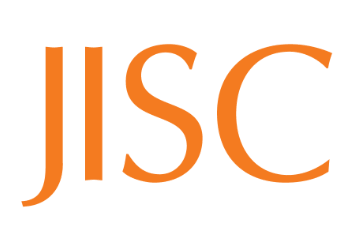Citation:
Doerr, M. (2003). The CIDOC Conceptual Reference Module – An ontological approach to semantic interoperability of metadata. AI MAGAZINE, 24(3), 75-92.
Goals of Research:
- To justify the methodology and design of CIDOC-CRM by functional requirements.
Summary:
- The emergence of the Web increased the need for efficient data integration. This requires interoperability in both encoding and semantic level. Cultural heritage has its own challenges such as the high diversity of information and the intrinsic character of incompleteness of information about the past. Therefore, only a terminology system cannot overcome these problems. There are many metadata and data structure systems in cultural heritage which exacerbate the situation. Most of these metadata structures are designed for data capturing instead of data interpretation. CIDOC-CRM is designed to achieve semantic interoperability of museum data. “The significant contributions of this work are considerations about the specific nature of cultural-historical knowledge and reasoning”. Data structure diversity is a necessity for cultural heritage data. Data structures usually use simplifications which cause further problems in data integration and this is where ontologies are most valuable to recover the hidden relations. Contradictory instantiation data should be allowed in the system. Due to the nature of historical data epistemological principles about how knowledge can be acquired must be respected. The aim of CIDOC-CRM is “to provide ontologically correct conceptual model that is compatible with the granularity of knowledge we typically get from our sources, and allows for compiling gracefully contradictory information”. The design methodology has the following principles: Integration of context free propositions (context free interpretation, alternative views, and appropriate granularity), Monotonicity (no complements, preservation of classification, avoiding unconfirmed states, and view neutrality), global coverage, designing a manageable unit, and a property driven design process. CIDOC-CRM is an event-base ontology which support concepts as participation and spatiotemporal reasoning. The driving force in design of ontology is the relationships between entities rather than the nature of individuals. Historical knowledge has be differentiated from engineering knowledge due to its quality, quantity and the way it is acquired. Therefore, the design is governed more by epistemological arguments than engineering models.
Important Quotes:
- CIDOC CRM is “a high-level ontology to enable information integration for cultural heritage data and their connection with library and archive information.” (P. 75)
- Aim of CIDCOC is “to support data transformation, mediation, and merging.” (P. 75)
- “Ontological and epistemological arguments are equally important for and effective design, in particular when dealing with knowledge form past in any domain.” (P. 75)
- “Categorical knowledge can come from the analysis of data structures, hidden constants or terminology used in the data.” (P. 80)




